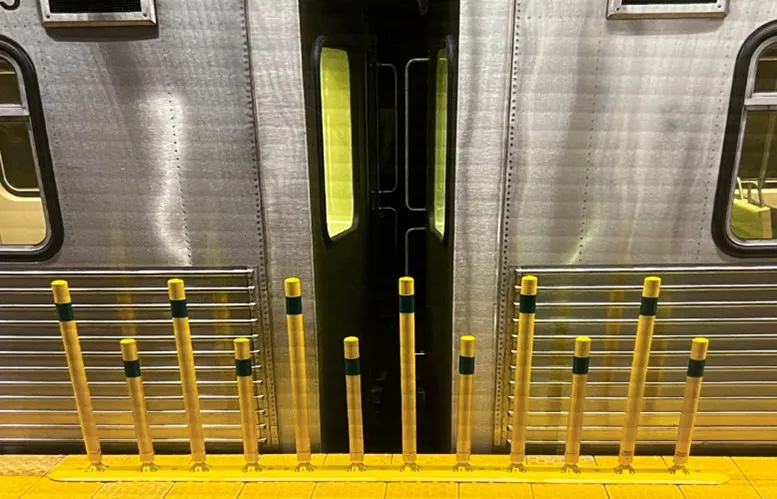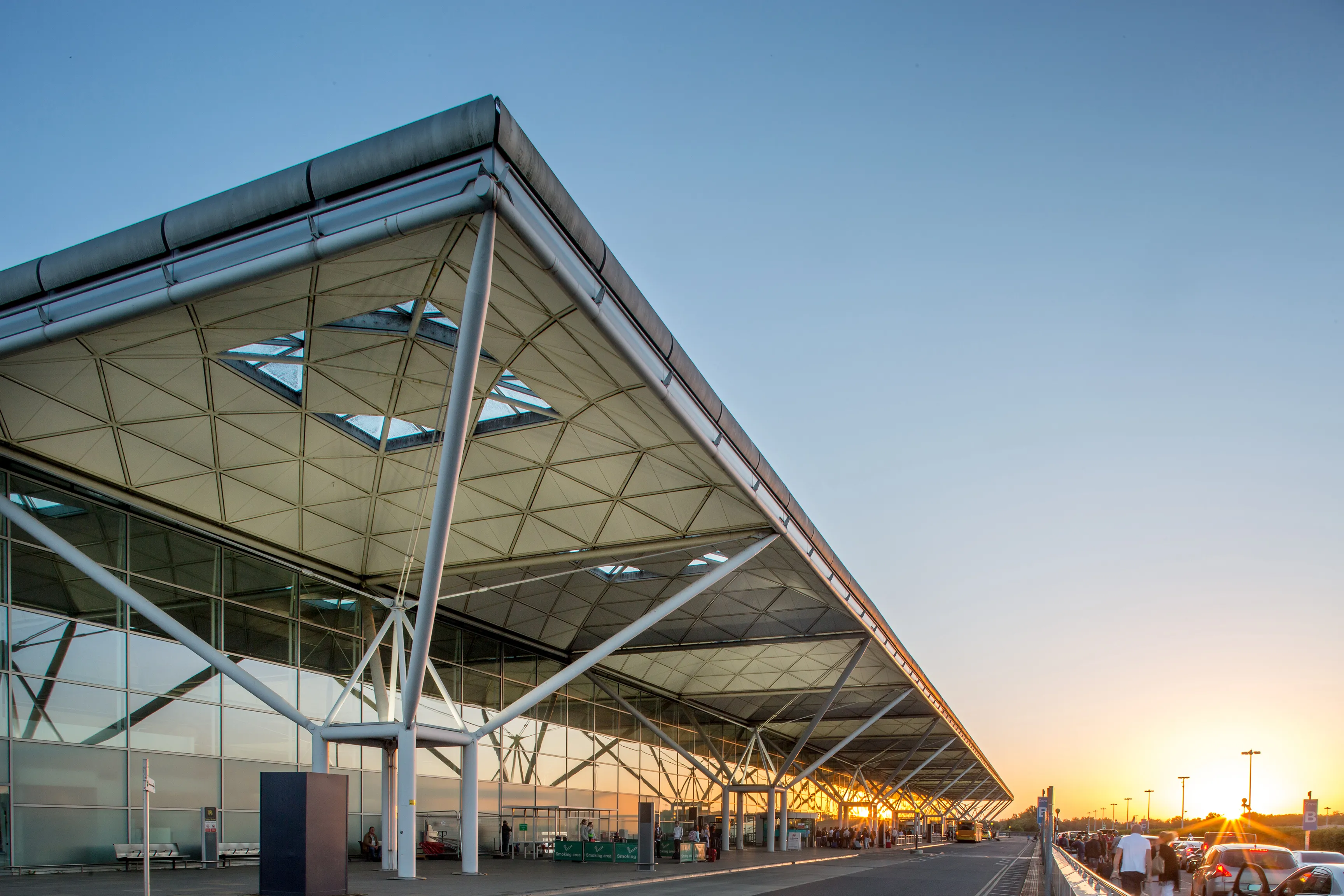
Maryland Transit Administration has begun installing safety bollards at its metro stations to prevent passengers stepping off the platform onto the tracks.
The bright yellow posts will be in place at the agency’s 14 metro subway stations from Owings Mills to Johns Hopkins.
In line with a new federal safety requirement, they are positioned in front of the gaps between railcars to prevent riders - especially those with visual impairment - from mistaking the gap for a train door opening.
Maryland worked with the National Federation for the Blind, Blind Industries and Services of Maryland and the agency’s Citizens Advisory Committee and Citizens Advisory Committee for Accessible Transportation on the project.
Each station will have 10 posts, which the agency says will provide protection whether metro trains are two-, four- or six-cars long.
A new control system allows trains to stop at a precise location in each station so that the gap between cars will align with the new barriers.
Similar devices have been installed in metro systems in Los Angeles, St. Louis and Pittsburgh.
“Ensuring the safety and security of our passengers remains at the forefront of our mission,” said Maryland Transit Administrator Holly Arnold. “The installation of these bollards aligns with our ongoing commitment to provide safe and accessible transit service for all.”










